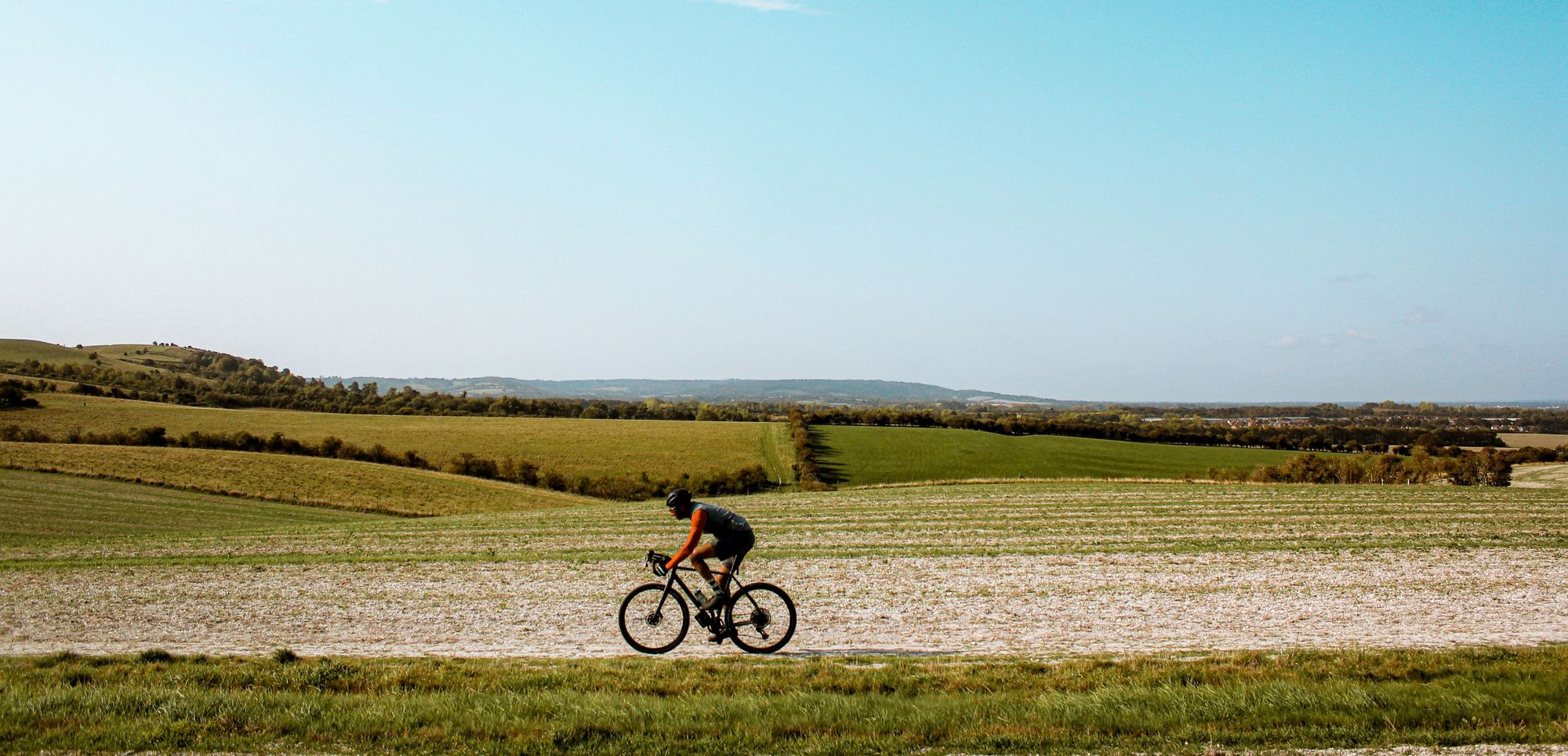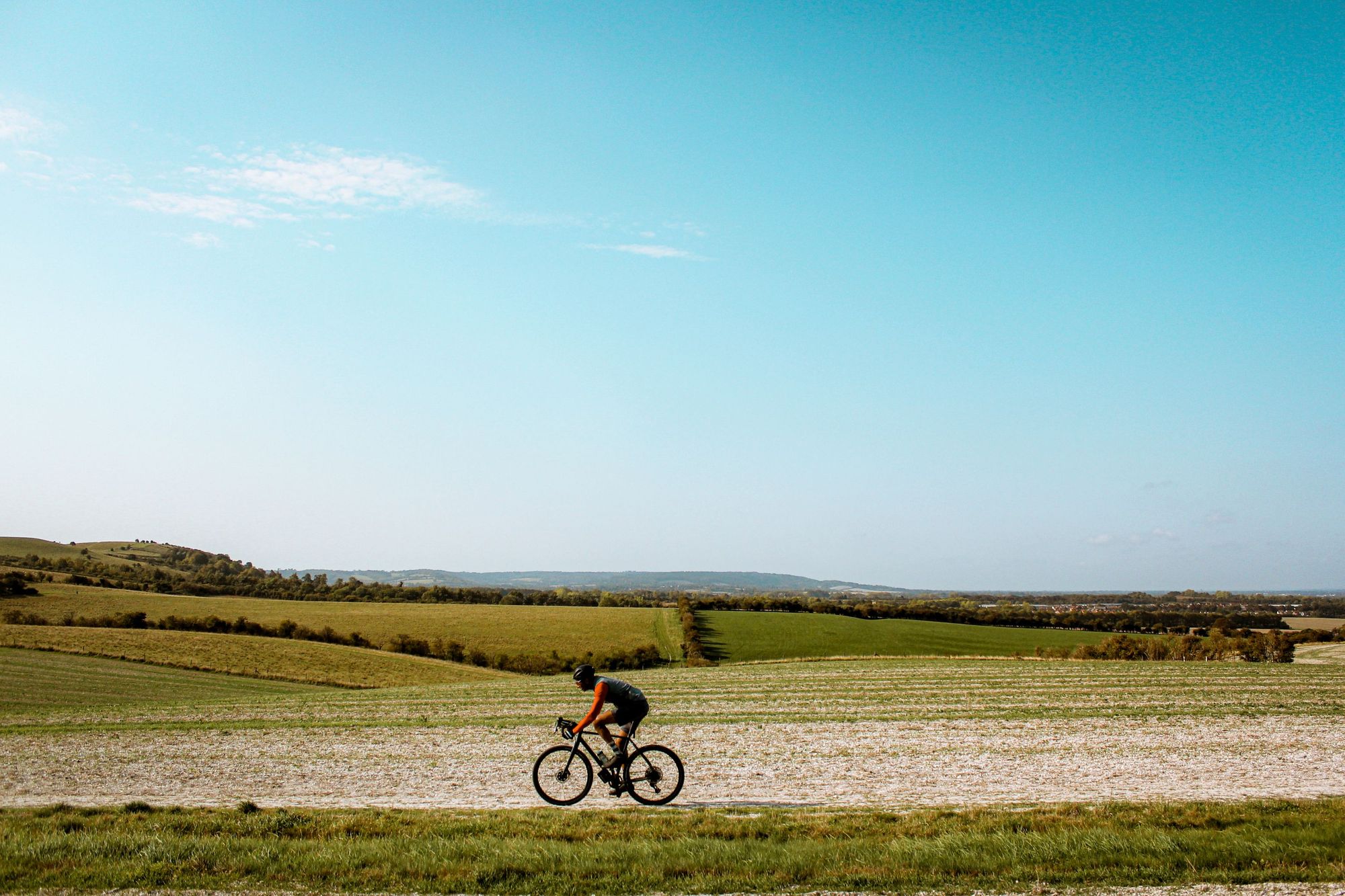
Gravel trails weave and wind through the rolling chalk downlands of the Chilterns - an Area of Outstanding Natural Beauty well worthy of its designation, just an hour away from the traffic-packed streets of London.
Few know that the south of England is home to 85% of the world’s chalk streams; lush landscapes which support kingfishers, otters and water voles. A full nine of these clear, calm and globally-significant streams pass through the Chilterns. These hills are home to a mosaic landscape of orchards, ancient forests - and crucially, to a tranquillity that belies their proximity to the English capital.
The magic of gravel cycling is that it really opens up a whole new world.
“It really is beautiful,” says John Heard, co-founder of Wild Cycles, who leads gravel cycling tours in the area. “We’re just 30 miles out of London, but it has extraordinary natural features.”
The Chilterns are one of the most accessible protected landscapes in Europe, home to a network of 2,000km rights of way, including the Ridgeway, Britain’s Oldest Road, but lately it's become a haven for a new pursuit - gravel cycling.
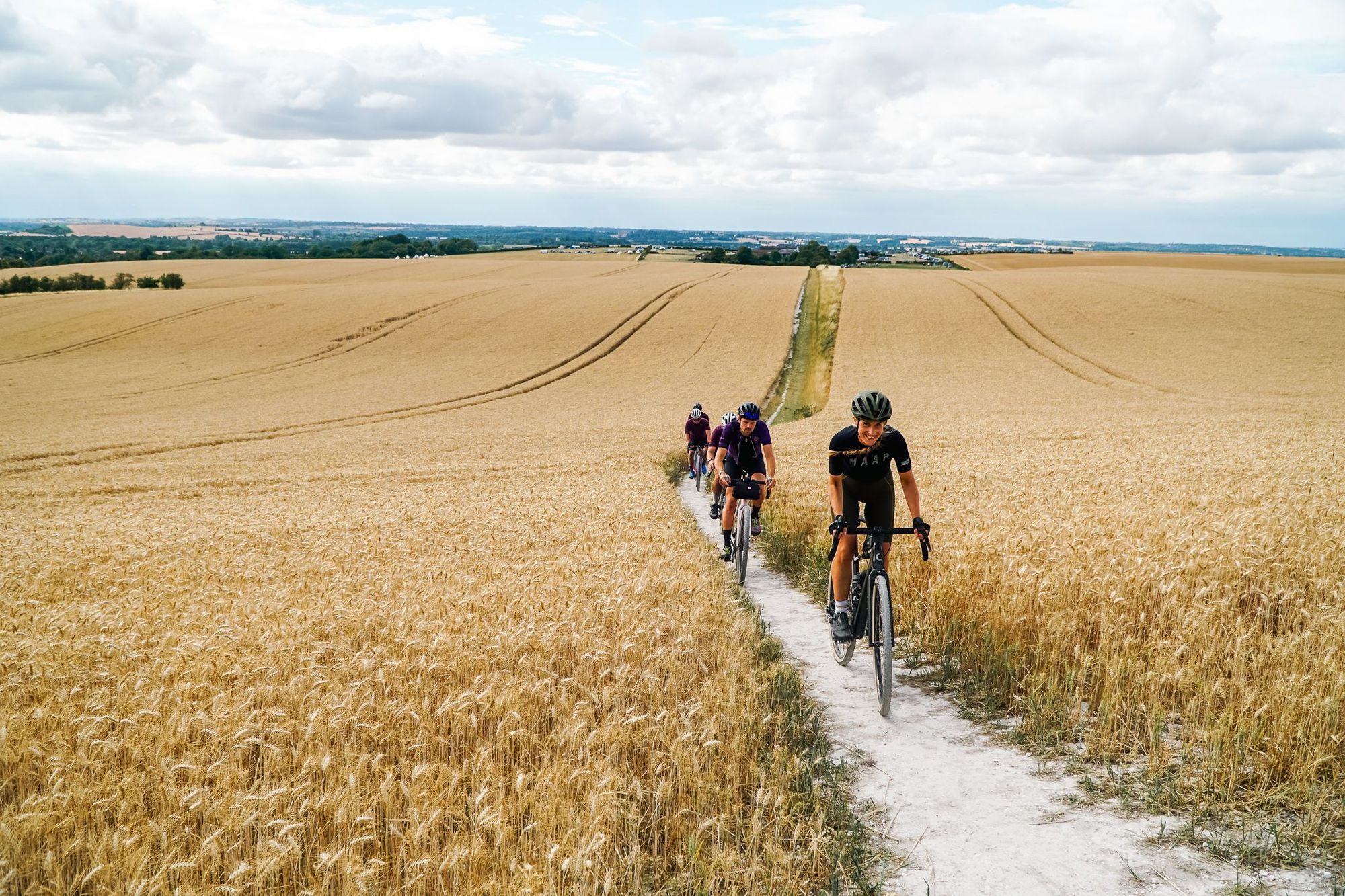
Gravel cycling has seen a colossal boom over the past decade, for the simple fact that it allows more cyclists to access more interesting landscapes, without the need for technical mountain biking skills.
“The convergence of people exploring more locally in early 2020, after lockdown, also helped," says John. "It meant that people were really looking for new ways and means of exploring the beauty that we have on our doorstep.
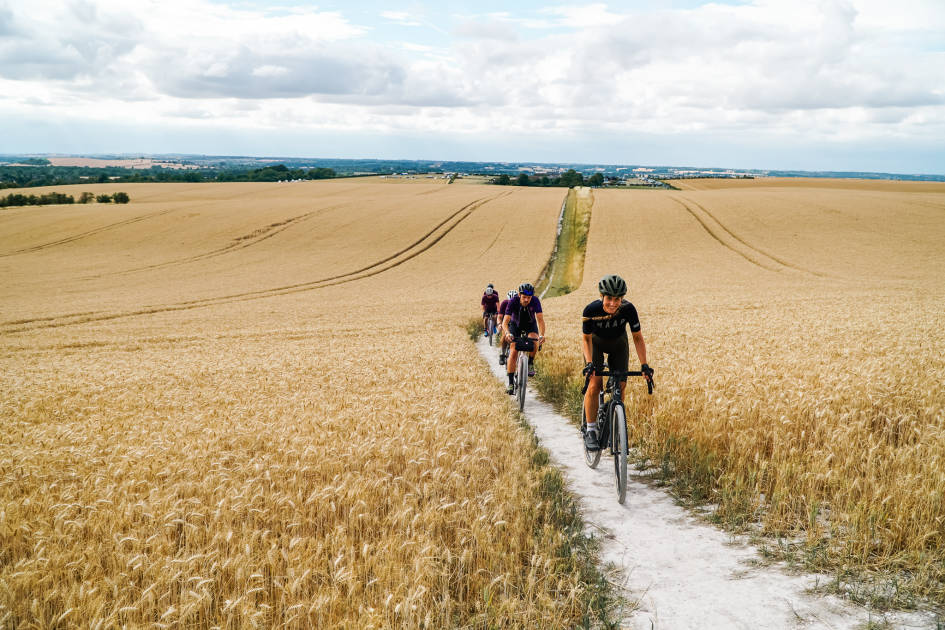
“The magic of gravel cycling is that it really opens up a whole new world. Let's face it, road cycling can be a bit monotonous at times. With gravel, the bike is designed in such a way that it enables you to travel further, faster. That’s the essence. It’s about exploring, discovering new terrain and landscapes and making the best of this beautiful countryside.”
The landscape of the Chilterns is quintessentially English, and a world away from where Heard grew up, in South Africa. Introduced to cycling by a Belgian school friend, John first started riding competitively as a teenager, and went on to enjoy a decade of success as a professional road cyclist, during which he represented South Africa, riding for the national Springbok Team. Returning to the sport as a guide after decades away, he decided to ditch the road bike and pick up a gravel ride.
The gearing, geometry and overall configuration really lends itself to travelling further across varied terrains - exploring more - and more efficiently.
The discipline is more or less what it says on the tin. Gravel cycling is simply going cycling on a gravel path. Though more loosely, the term is often used to describe any type of off-road riding short of technical mountain biking. A gravel bike is a light, drop-bar bike with a rigid frame (meaning it doesn’t have any suspension), but people also ride gravel trails on hybrids or mountain bikes.
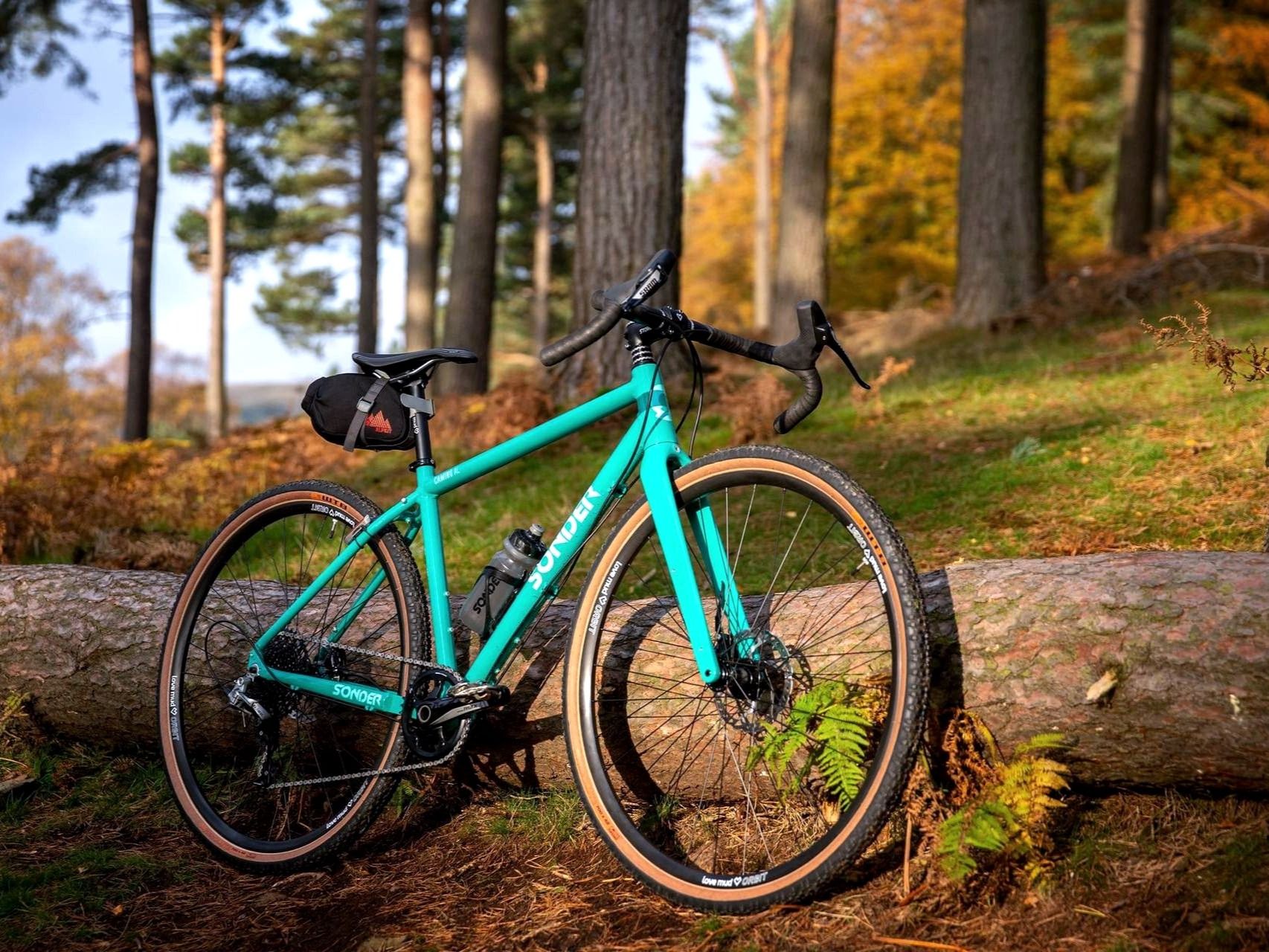
“The design of the gravel bike is typically closer to that of a road bike, albeit slightly more relaxed - making for a more comfortable ride over longer distances” says Heard. “The gearing, geometry and overall configuration really lends itself to travelling further across varied terrains - exploring more - and more efficiently"
The bikes might be new, but cycling on gravel isn’t. Back in the early days of the bicycle, most roads weren’t paved, and so most road races were on gravel - see early editions of the Tour de France or the cobblestones of Paris-Roubaix. Then, as tarmac was developed, so were thinner tyres not compatible with off-road riding. Eventually, cycling split broadly into the categories of road cycling, mountain biking and cycle touring. The modern iteration of gravel cycling sits somewhere between them, and can be traced back to the American Midwest.
The emphasis is as much on the riding as it is on the beautiful places and off-the-bike experience - being at a farm or campsite with a fire and cooking together and sharing that passion for cycling...
“The gravel revival started in the Midwest of the USA, with cyclists covering vast distances between towns and farms along seemingly endless stretches of dirt tracks and roads," says Heard. "Purests would say this is gravel riding. But in the UK, we dont see much of that - with the exception of places such Kielder Forest and Galloway, for example. So in the UK, gravel riding is better described as a form of off-road riding that is not so technical that you would need massive tyres or inches of suspension travel [to ride it]. It’s adventure riding - a blend of road, forestry and farm tracks, coastal paths and bridleways. A day out gravel riding tends to have a very mixed profile - always changing, never boring.”
There’s a notable difference in the ethos between road and gravel cycling, too. Cycling circles can get rather cliquey - whether it’s the leg shaving, the gram-counting or the insatiable thirst for more Strava segments. Gravel less so. Wear what you want, ride at the pace you’d like, and take in the beauty along the way.
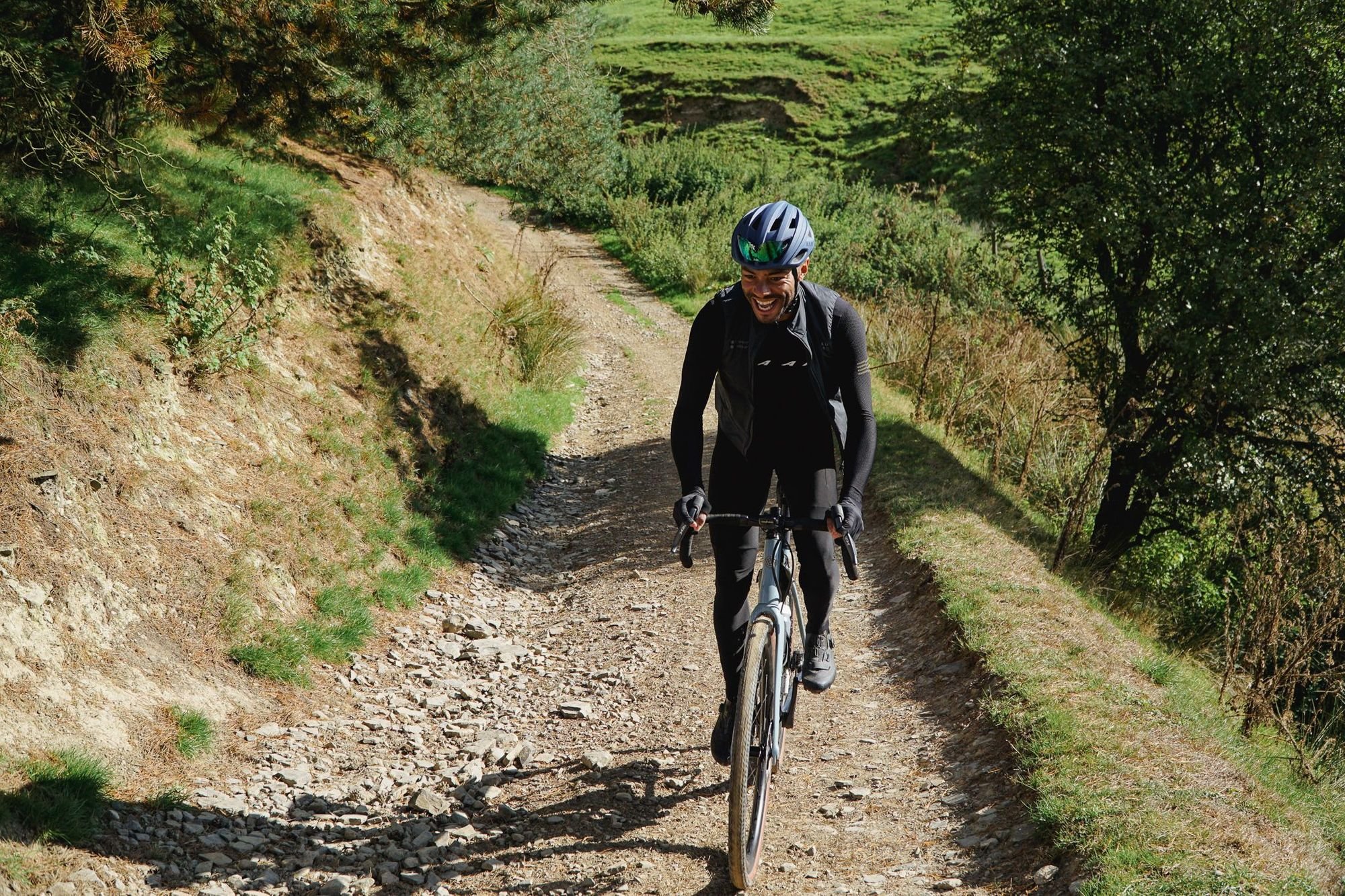
Crucial to the rise of gravel cycling has been the events around it - often known as gravel grinders - which mix competition with a festival atmosphere.
One of the biggest races in the gravel calendar is Unbound Gravel, which runs 200 miles (320km) through Emporia, Kansas. It started life as Dirty Kanza in 2006, with just 34 riders. In 2022, thousands compete in the race, and many more are left disappointed when they don’t get lucky in the ballot.

Events like The Dirty Reiver, on the English-Scottish border region now attract a field of over 1000, while Dukes Weekender has turned Aberfoyle in Loch Lomond & Trossachs National Park into 'Gravelfoyle' - home to the first waymarked gravel trails in the UK. And while UK bike sales fell to a 20 year low in 2022, gravel bike sales were up 8% since 2021, and up 59% since 2019.
Wild Cycles also run their own events, with the focus firmly on accessibility.
“We’ve got Wild Wales mountain festival [in Radnorshire], and the ethos is very much geared around making these outdoor experiences more accessible to more people, and to a wider and more diverse audience,” says Heard. “We often find people are surprised at their own ability, and it then gives them the confidence to go on and do something else. The emphasis is as much on the riding as it is on the beautiful places and off-the-bike experience - being at a farm or campsite with a fire and cooking together and sharing that passion for cycling.”
On the elite end of the spectrum, the first UCI Gravel World Series and World Championships ran in 2022, giving gravel enthusiasts further affirmation that this new craze isn’t just another short-lived cycling trend.
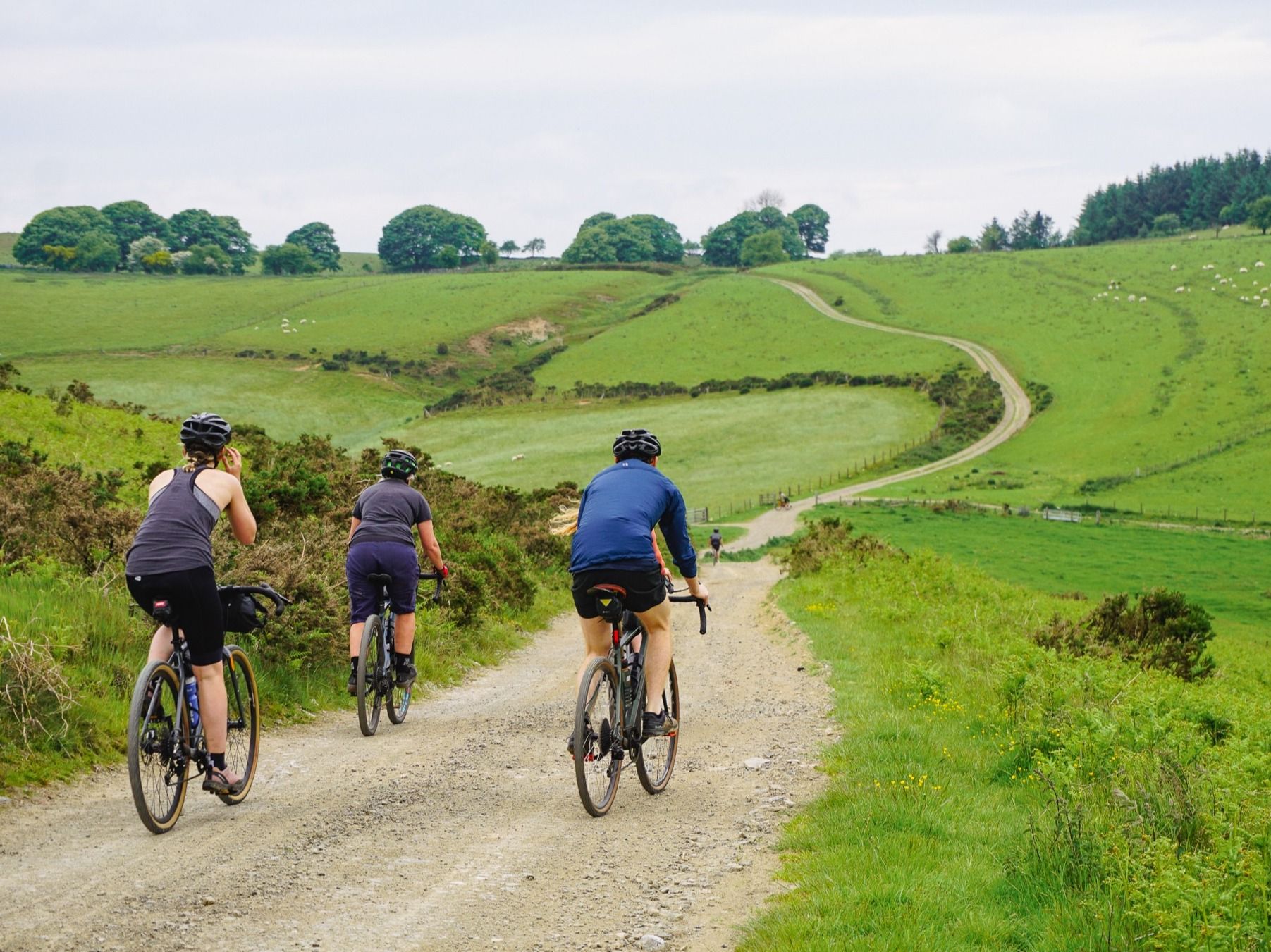
“You can see that it’s here to stay,” says John. “And it's because of the opportunity that it presents, sitting in the middle of road cycling and mountain biking - this magic discipline which opens up the world.”
Indeed, the essence of gravel cycling isn’t about racing. The beauty of gravel cycling is in exploring the world, and capturing that feeling of freedom and adventure that makes generation after generation fall in love with the bicycle.
“Gravel routes can be astoundingly beautiful, and you can find them all over the place in the UK - on the kind of places you'd normally drive through to get somewhere else,” says Heard. “You don't have to go to Machu Picchu or Jordan or Girona or Arizona. You've got all this beauty on your doorstep. So why not stay at home, save the planet and go local for your next adventure.”
Inspired? Join John Heard for a ride in the Chilterns, on our introduction to gravel cycling weekender, just an hour from London!

